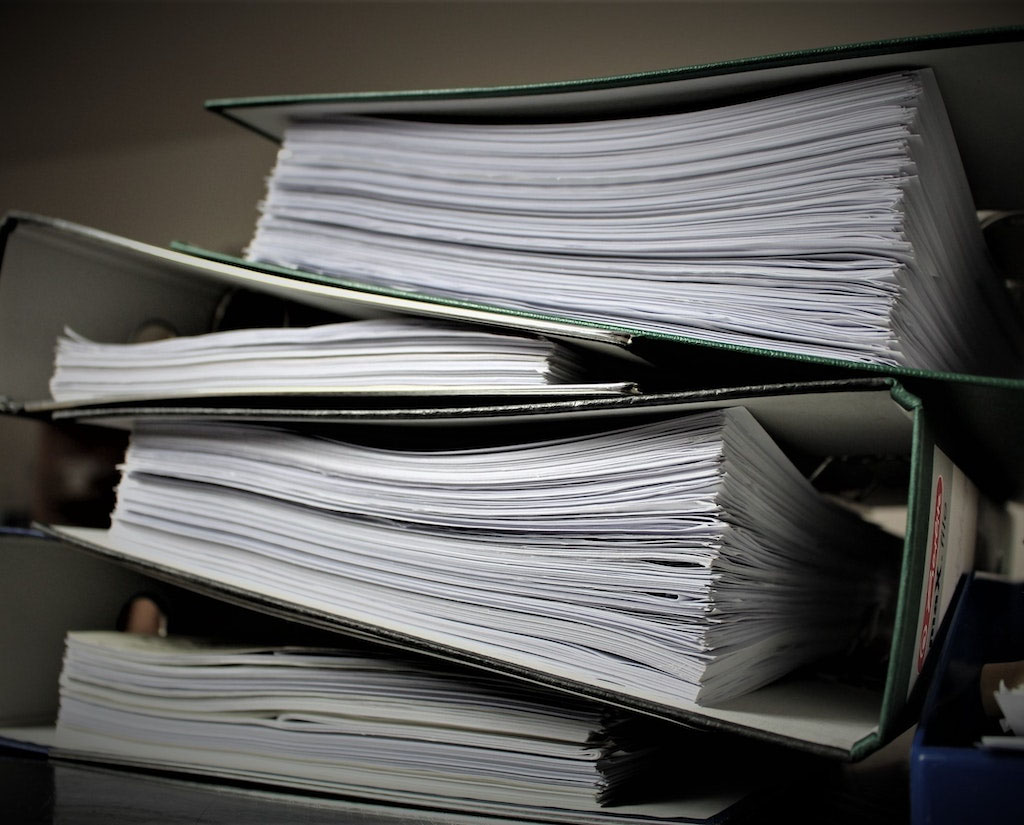
Many things in life are optional. Eating is not.
It’s not enough simply to take in food, either. Humans are meant to eat widely, with diets that represent a range of macronutrients (carbohydrates, proteins, and fats) and micronutrients (vitamins and minerals).
Unfortunately, while it’s easy to recommend that people “eat the rainbow,” it’s much harder to ensure that folks have access to such foods. From starvation in developing countries to the food deserts that litter poor neighborhoods in developed nations, we have yet to achieve widespread food security.
There’s good news too, though. Some of our greatest minds are bent on solving this issue using cutting-edge science and technology. So how can we work to promote sustainable food systems that solve problems today and ensure full stomachs tomorrow?
The Fourth Agricultural Revolution Underway
The first agricultural revolution saw humanity’s transition away from a hunter-gatherer lifestyle. The second came at the start of the Industrial Revolution, while the third took place mere decades ago with the transition to green farming.
Today, there’s a fourth agricultural revolution underway: using science and technology to ensure a sustainable food future for all.
If we truly want the fourth agricultural revolution to succeed, we must examine the role of policy in promoting sustainable food systems. We must also explore current policy initiatives aimed at improving food security, reducing food waste, and promoting sustainable agriculture.
Current Policy Initiatives
Developing better approaches to food will have a wealth of economic, environmental, and social benefits around the world, from the smallest island to the most sprawling nation. Some of the biggest benefits will stem from current policy initiatives, including:
Improving Food Security
Food security is a challenge everywhere, but Africa provides an excellent illustration. Its farming challenges are severe, including harsh weather from climate change, low economic mobility, and food inflation. However, policy groups there are taking big steps to reverse these trends.
Community Food Security Assessment Toolkit
For instance, the Africa Continental Free Trade Agreement is geared toward “eliminating barriers to trade in Africa … to significantly boost intra-Africa trade, particularly trade in value-added production and trade across all sectors of Africa’s economy.”
This will give the continent access to larger markets, spur competitive innovation, and encourage sharing of knowledge and resources among its 54 countries.
Reducing Food Waste
Food waste is not a little problem. In the United States “Each year, 119 billion pounds of food is wasted in the United States. That equates to 130 billion meals and more than $408 billion in food thrown away each year. Shockingly, nearly 40 percent of all food in America is wasted.”
The same is true across the world. In Europe, for example, the EU is determined to set targets by the end of 2023 to help mitigate waste, donate unwanted food, and ensure that all actions are evidence-backed.
Promoting Sustainable Agriculture
Food systems that we can use indefinitely, without environmental degradation or soil exhaustion, are at the heart of the sustainable food mission. Not only do we desperately need more secure systems here on Earth, food is also a key ingredient in becoming an interplanetary – and one day interstellar – species.
According to the Union of Concerned Scientists, the following key components of sustainable agriculture include:
- Preventing erosion
- Reducing pollution
- Sequestering carbon
- Managing water
- Increasing resilience
- Promoting biodiversity
Challenges to Food Security and Sustainability
According to UK publication Specialty Food, there are six basic challenges to food sustainability:
- Traceability: Where does our food come from? If we don’t know, we can’t ensure it’s sustainable. Creating good policies to ensure total supply chain transparency will help. The novel “Single Origin Verified” label is one such solution.
- Packaging: Plastic is far and away the best packaging for food freshness, stability, and homogeneity, but it’s terrible for the Earth. We must continue to improve biodegradable options.
- Greenwashing: Some foods are sustainable and others aren’t, but with the current push toward green claims of all kinds, it’s difficult for consumers to tell the difference. Improving traceability will help prevent spurious greenwashing.
- Hidden costs: Many costs are associated with food that aren’t paid by manufacturers or consumers, but rather by society. We need to address these costs, such as pollution, disease, and biodiversity loss.
- Waste: We can make all the food waste policies at the governmental levels we want, but without active consumer participation, we don’t get very far. App development is going a long way to change the game.
- Supply chains: Many food purveyors lack an understanding of their complete supply chain, meaning they cannot ensure sustainability more than a few links away. Transparency is again key to solving this issue.
In addition to ongoing STEM advancements, tackling these issues will require working together.
Building Policy Support Through Education and Outreach
It’s impossible to understate the importance of stakeholder engagement and collaboration in developing and implementing effective sustainable food systems policies. We can do this by sharing knowledge, collaborating across political and national boundaries, and openly promoting results.
Solving the sustainability problem will require policymakers, researchers, and activists to work together to promote renewable food systems through policy initiatives as well as research and innovation.
One of the best ways to bring people together is a good challenge, such as ARSX2023 - Secure Future Food Systems Through Safe and Sustainable Agriculture. Come help us solve the challenge and throw your hat in the ring for one of three $100,000 prizes today!








